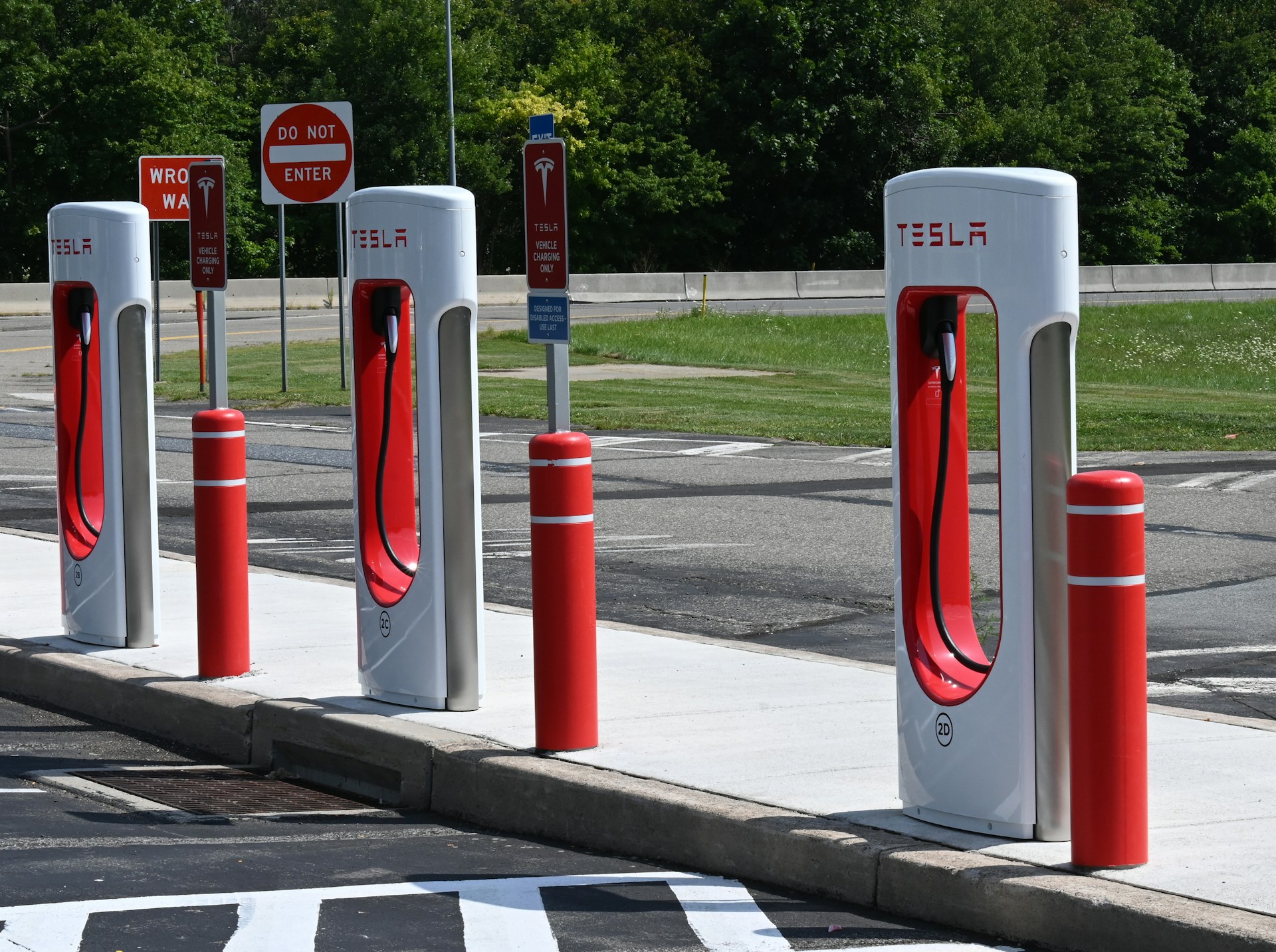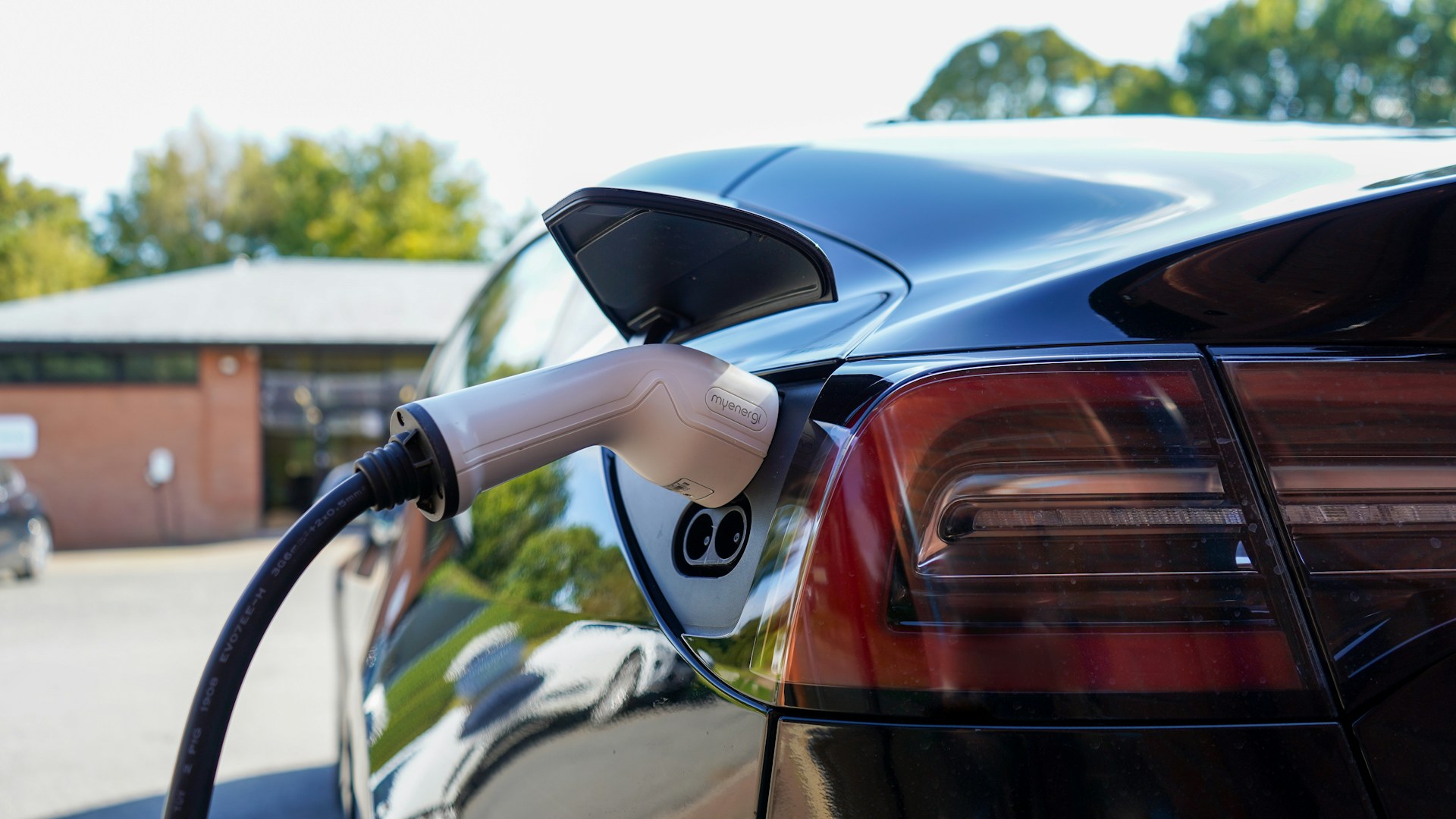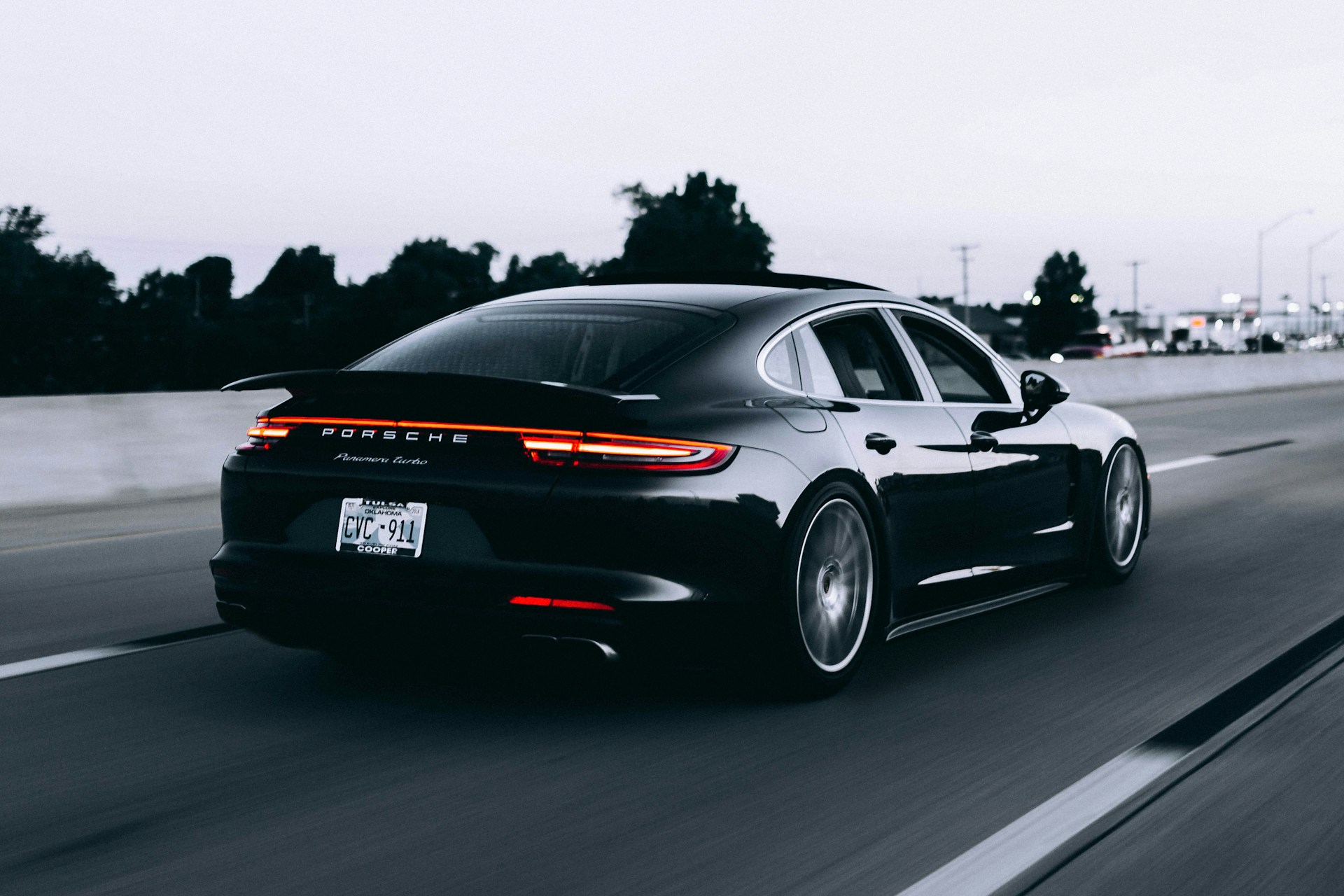A Simple, Honest Guide to What’s Under the Hood (Even If There’s No Engine There) 18

Pop the hood of an electric vehicle and you won’t see pistons. No oil-stained engine block. No rumbling belts or radiator steam. What you’ll find is silence. Simplicity. And a battery pack that powers more than just motion — it powers a movement.
Electric Vehicles (EVs) aren’t just cleaner. They’re different. And once you understand how they work, that difference starts to feel less futuristic — and more inevitable.
So if you've ever wondered what's really happening when you push the pedal on a Tesla, a Leaf, or even a plug-in hybrid, here's the breakdown — no jargon, no fluff.
At the Core: It Starts with Electricity
Traditional cars burn gasoline to create mechanical energy. EVs use electricity to do the same thing — just much more efficiently.
The battery stores electricity. The electric motor turns that electricity into movement. The result? Instant torque, zero tailpipe emissions, and surprisingly fewer parts to break.
Think of it as a smartphone on wheels — but with more range and more responsibility.
Main Components of an Electric Vehicle
Here’s what makes an EV tick — simply:
🔋 Battery PackThis is the heart of the car. Instead of a gas tank, you have a rechargeable battery (usually lithium-ion). It stores the energy that powers everything — the motor, the lights, even the AC.
⚙️ Electric MotorNo engine here. The motor converts electricity into motion. It’s clean, quiet, and delivers power instantly — which is why EVs feel so zippy off the line.
🔌 InverterElectricity from the battery is DC (direct current), but the motor often needs AC (alternating current). The inverter makes the switch — translating the energy for smooth acceleration.
🧠 ControllerThis is the brain. It manages power flow, regulates speed, and makes decisions based on how hard you press the pedal.
⚡ Onboard ChargerWhen you plug in, this system manages charging safely and efficiently — converting energy from the wall into stored power inside the battery.
How Acceleration Works in an EV
No gears. No delay. Just power.
In a gas car, you press the pedal, the engine revs, and torque builds slowly. In an EV, the torque is available immediately — which is why even entry-level electric cars feel fast at city speeds.
It’s smooth, linear, and eerily quiet. You feel the power — but not the noise.
Regenerative Braking: The Power of Slowing Down
Here’s where EVs get clever. Every time you slow down or brake, the motor reverses direction — and acts like a generator.
This “regen braking” captures energy from your momentum and feeds it back into the battery. So instead of wasting energy as heat, you’re recycling it.
In an EV, even slowing down moves you forward — in terms of efficiency.
Charging: How Energy Gets In
Think of charging like filling up — just quieter and cleaner.
🔌 Level 1 ChargingStandard household outlet. Slow, but works overnight. Ideal for plug-in hybrids or low-mileage users.
⚡ Level 2 Charging240V — like a dryer outlet. Much faster. Most home chargers and public stations use this.
🚀 DC Fast ChargingThe highway hero. Super-fast charging that can top off your battery in 30 minutes or less — but requires specialized equipment.
EVs don’t "sip" fuel. They plug in — and power up.
EV Maintenance: Less to Break, Less to Fix
No oil changes. No spark plugs. No transmission fluid. EVs have **fewer moving parts** than traditional vehicles — which means fewer things that can wear out or fail.
Maintenance costs drop. Reliability climbs. And the savings stack up over time.
What About Hybrids and Plug-in Hybrids?
Good question. Here’s the short version:
- 🚙 **Hybrids** (like the Toyota Prius) use both a gas engine and an electric motor — but you don’t plug them in. The battery recharges through braking and the engine.
- 🔌 **Plug-in Hybrids (PHEVs)** offer limited electric range (20–50 miles) but can switch to gas for longer trips. Best of both worlds — with a bit more complexity.
Full EVs? No engine. No gas. Just electrons and silence.
Are EVs Really Better for the Environment?
Yes — but with nuance.
EVs produce **zero tailpipe emissions**, which drastically improves urban air quality. And while battery production has an environmental cost, studies show that EVs offset that after just **6 to 18 months of driving**, depending on how your electricity is generated.
And the future? Cleaner batteries. Cleaner grids. Cleaner everything.
An EV isn’t just cleaner today — it gets cleaner every year as the power grid evolves.
 It’s not just a new kind of car. It’s a new kind of thinking — built for the world we’re heading into.
It’s not just a new kind of car. It’s a new kind of thinking — built for the world we’re heading into.
Final Thought: Why It Matters
EVs aren’t just a trend. They’re a shift. Away from combustion. Away from maintenance headaches. Away from the old way of driving.
And while range, charging access, and battery cost still matter — the core technology is sound, scalable, and already redefining the road ahead.
Want more practical EV guides, comparisons, or tips on switching from gas to electric? Visit mkpatu.com — where tech meets lifestyle, and future-proof driving starts with knowledge.
Was this post helpful?
Comments (0)
No comments yet. Be the first to comment!
Leave a Comment
Related Topics

How to Earn in Dollars in 2025: Proven Strategies to Make Mo...
Unlock the power of the digital economy with these top methods to earn in USD—no...

Ways to Lower Your Car Insurance Premium
Smart Habits That Save You Money — Without Sacrificing Coverage

What Not to Eat After Sex: 10 Foods That Can Ruin the Mood (...
Some meals are better left for later — avoid these common foods after intimacy i...

How to Optimize Your YouTube Channel for More Subscribers
Boost Growth by Turning Viewers into Loyal Fans with Smart, Simple Strategies

6 Things You Should Never Tell Your Husband (If You Want a H...
Words carry power — and some truths, when spoken the wrong way or at the wrong t...





